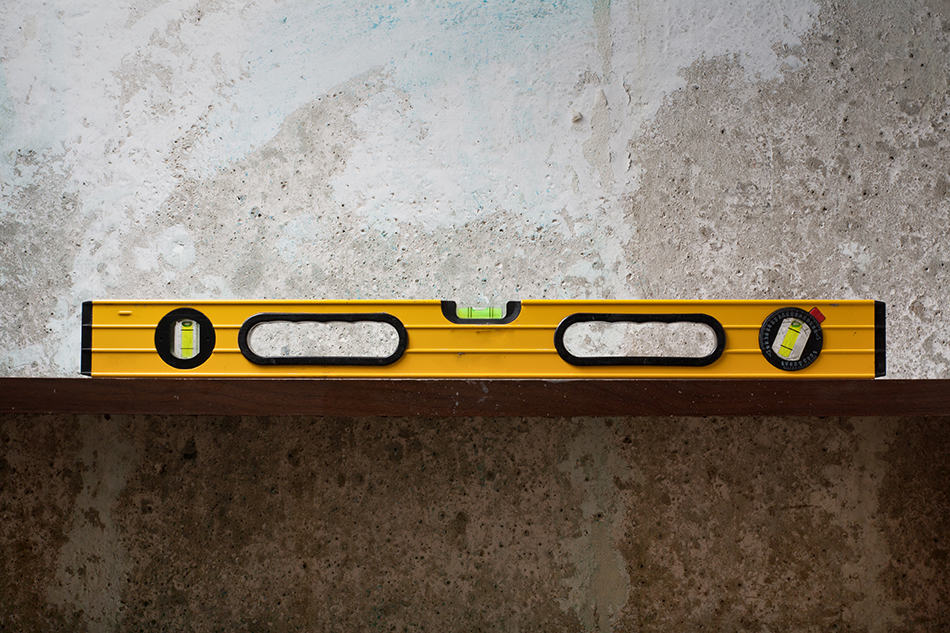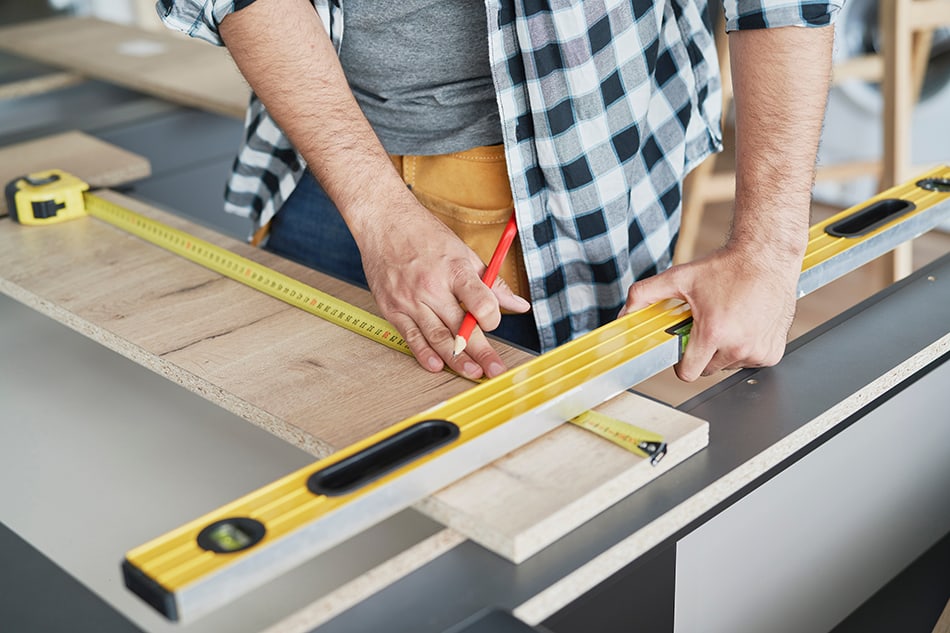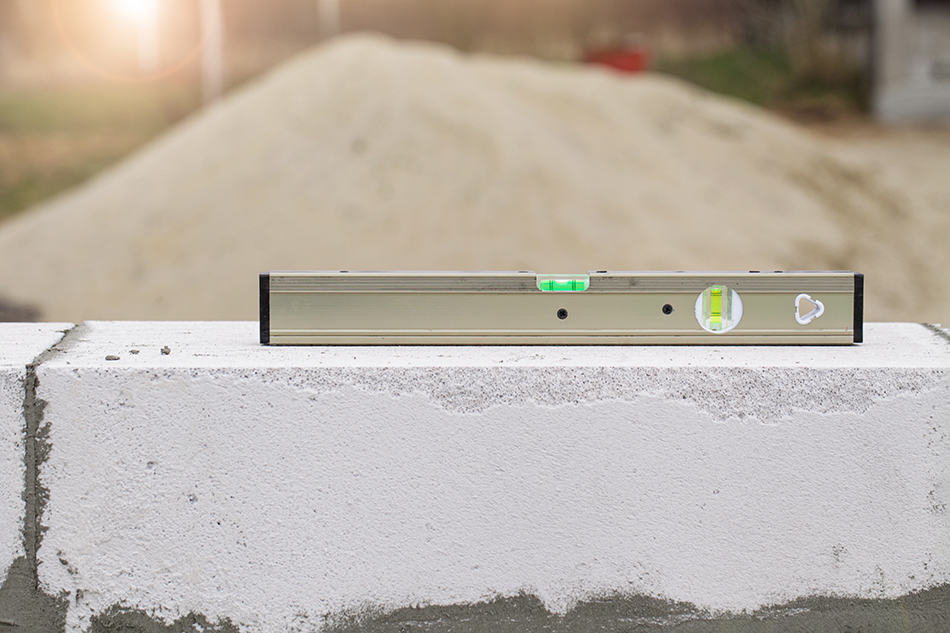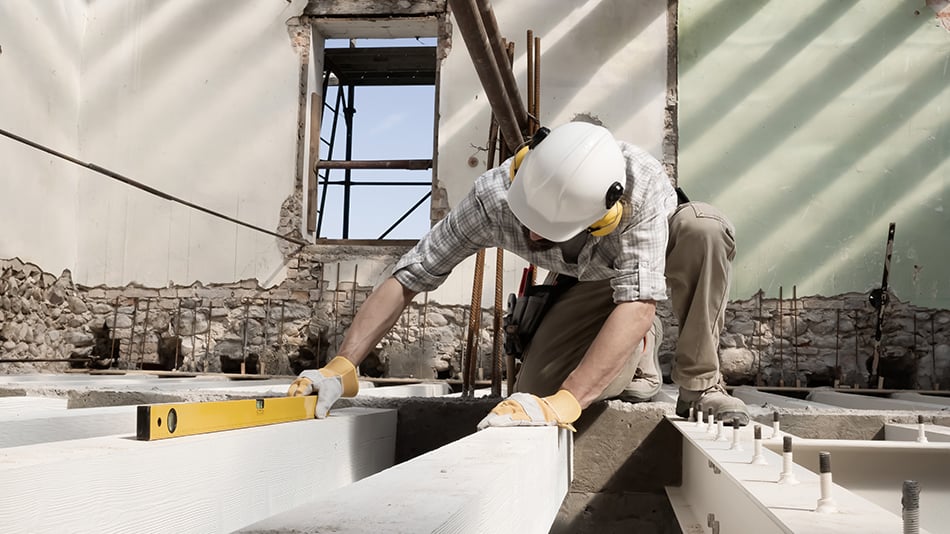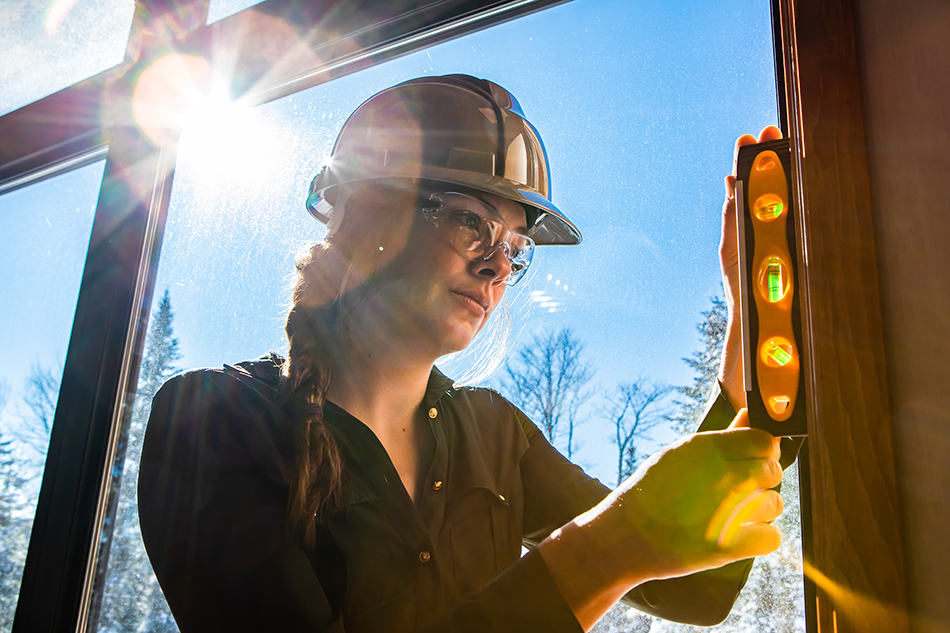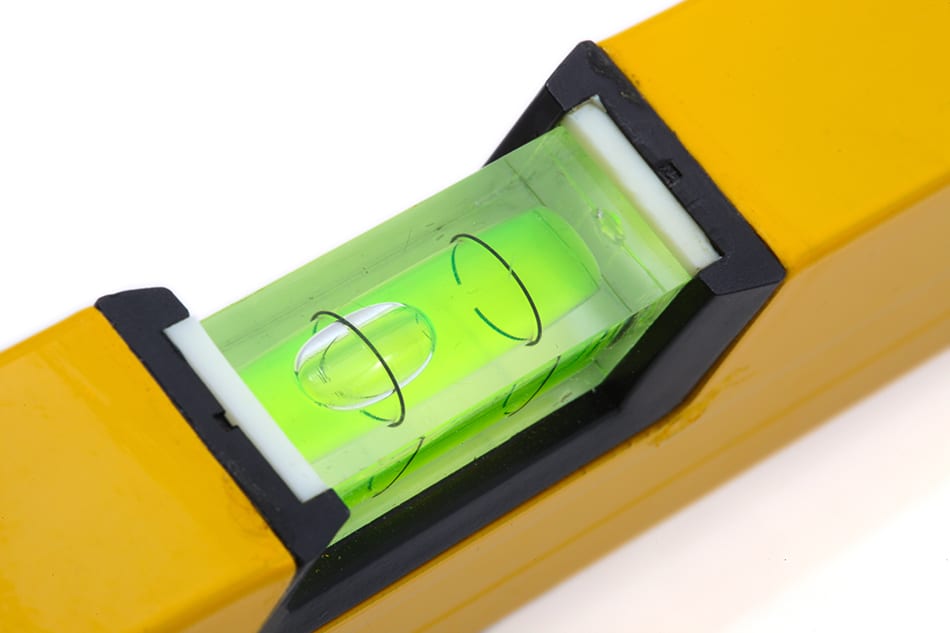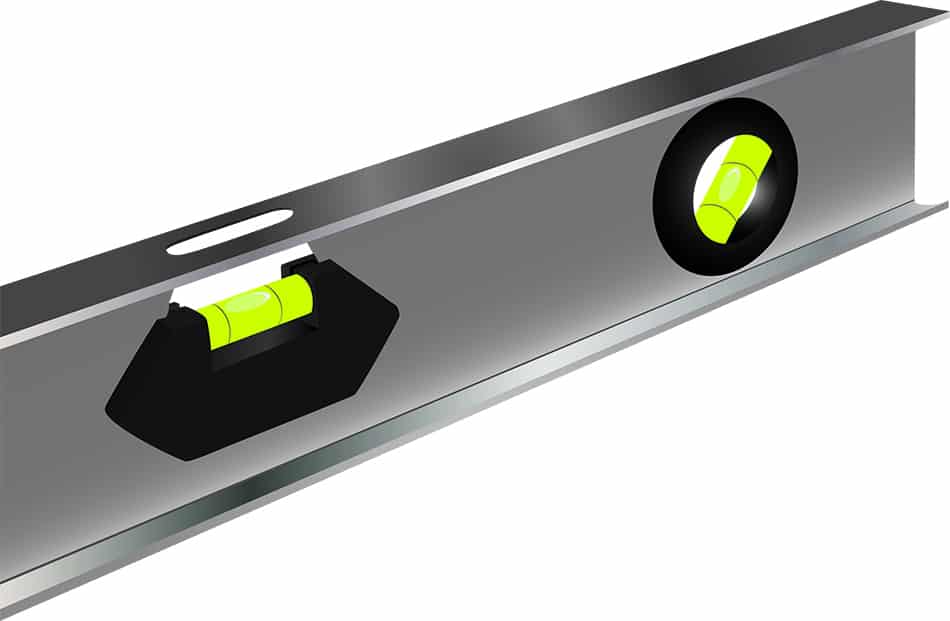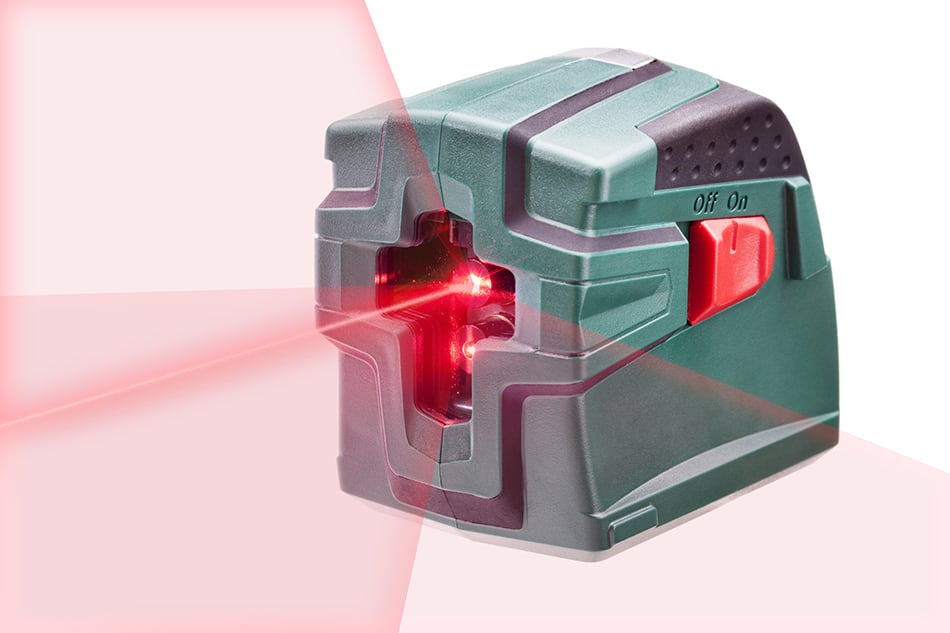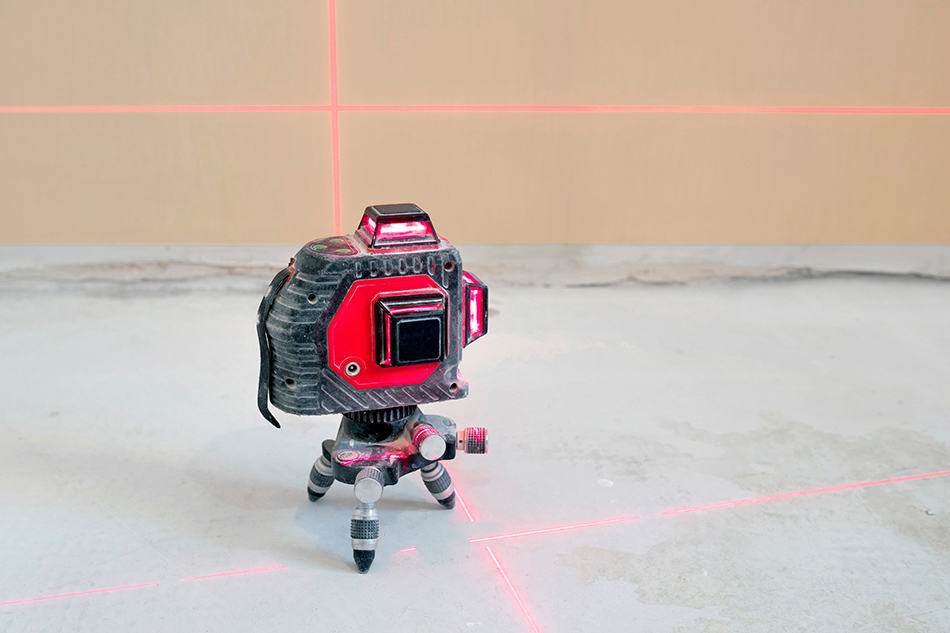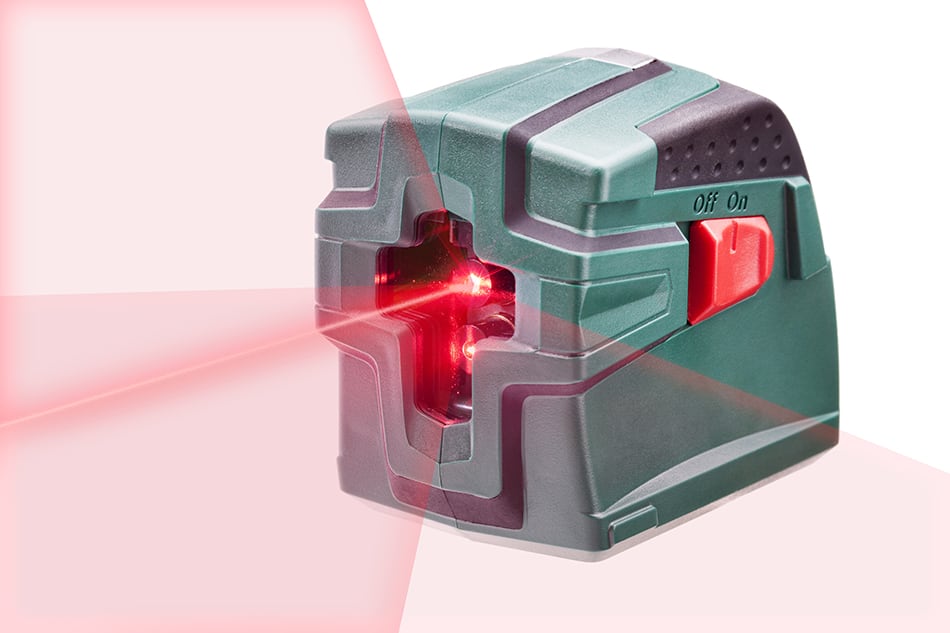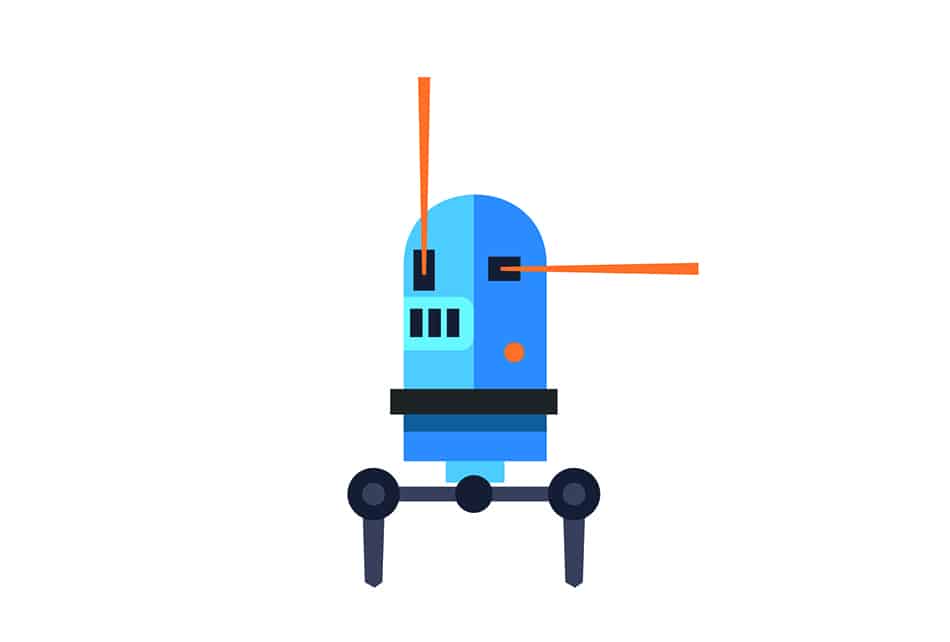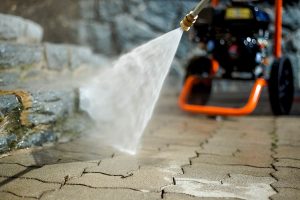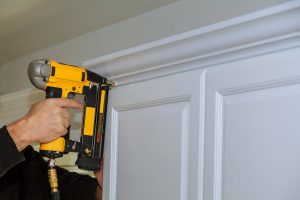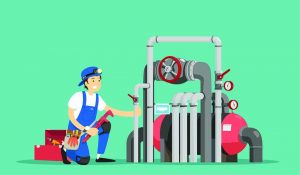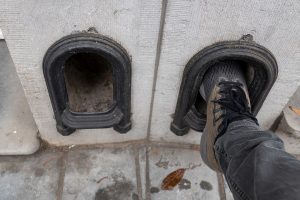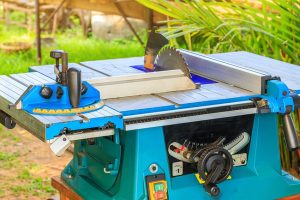The level is one of those tools considered to be a must-have for any contractor, builder, and even DIYer. Don’t be mistaken that its main purpose– to determine whether a surface is a level or plumb– isn’t that critical. After all, being off by an inch in any construction job can lead to disastrous results. With a level, you can level floors, align and plumb walls, check the heights of doors and the heights of windows, and check masonry alignment, among others.
There are numerous types of levels available on the market, and although some are multifunctional enough to be used in different instances, most of the time, these types of levels are designed for a particular use.
Main Types of Levers
Levels can be categorized into four main types– spirit or bubble levels, water levels, optical levels, and laser levels. These four main types can then be broken down into sub-types.
Let’s take a look at the four main types of levels first.
Spirit or Bubble Levels
A spirit or bubble level consists of a sealed glass tube that contains alcohol and an air bubble. The top of the tube is bowed so that when the surface underneath the level is horizontal, the bubble will rest right in the middle. This has been around for quite some time now, having been invented in 1661. It was originally used on telescopes before surveying.
Water Levels
Meanwhile, a water level is used to match elevations of locations that are too far or distant for spirit levels. Surprisingly, this tool has been in existence far longer than a spirit or bubble level, having been used in ancient civilizations. It works on the idea that water will always seek its level.
A water level has two cylinders that are placed on top of two surfaces that need to be level. The containers are linked by plastic tubing lying below them. The idea works simply like this: if the two surfaces wherein the cylinders are placed are of the same height, then the water inside the cylinder will be level. If not, then it only means that one surface is lower than the other.
This tool is commonly used by carpenters, contractors, plumbers, and other landscapers. It can be used in locating a dropped ceiling or lining up a deck. It can also be effective with objects separated by trees, rocks, or other obstacles.
Optical Levels
The third major type of level is the optical level. This is a type of level most commonly used in surveying. It helps construction professionals in measuring land elevations. It’s less likely to be used by DIY enthusiasts.
Laser Levels
Finally, there are the so-called laser levels. This kind of level has a laser beam projector emitting a beam onto the surface to set up a level plane. Some advanced models can show the vertical or plumb level for enhanced accuracy.
As mentioned earlier, these major types of levels can even be broken down into sub-types. Continue reading to know more.
Sub-Types of Levels
Box Beam Levels
Box beam level is a type of spirit level. Sometimes called a box level, it got its name from the shape of the level frame. It usually has handles or grips towards the middle and is intended to make it easier for users to hold it.
This type of level is primarily used by framers and carpenters for tasks ranging from repairing and installing doors, repairing walls and floors, and building structural framing, among others.
Each vial on this type of level has two marks with a bubble in between the two points. These marks are used in determining if a surface is plumb or level. A box level can be used as a measuring tool for horizontal and vertical measurements.
To measure horizontally, place the tool on a horizontal surface and keep it steady. The bubble will then move between the marks of the vial until it has stabilized.
But if the bubble appears on the left side of the vial, then it means the left side of the object is too high. If the bubble shows on the right side of the marks, then it means the right side is not equal to the other side. The bubble should be exactly in the middle of the two vial marks for the object to be perfectly level.
A box level can also be used in measuring upright surfaces like walls and doors. Similar to using it vertically, the surface is determined to be vertical if the bubble appears right in the middle of the vial’s marks.
Magnetic Levels
A magnetic level is a type of spirit level with one or more magnets placed to the underside, allowing it to attach to metallic surfaces. Up to three vials can be placed for horizontal and vertical measurement depending on the model, length, and manufacturer of the magnetic level.
This type of level is used in setting up, aligning, and adjusting structural elements like beams used in construction. It can also be used when installing steel structures in scaffolding. It may also come in handy in drywall installation, allowing users to ensure that ceiling and wall profiles are correctly aligned.
The addition of magnets to a level is useful to a commercial carpenter or contractor as he would simply stick the box-beam level to a surface to check if the object is level. But it won’t be useful in determining if other materials like cement or wood are plumb. Box-beam levels are also often available in digital form for more precise or accurate measurement and reading.
Digital Box Levels
It’s easy to think that a digital box level is the same as a box level. After all, both have the same case and construction. However, the main difference is that a digital box level has a digital readout, giving users a measurement up to a fourth decimal place.
This makes a digital box level provide more precise readings. This is the tool you need if you want precise measurements or you have problems reading the bubble vial of a spirit level.
I-Beam Level
As its name suggests, an I-Beam level is shaped like the letter “I,” with the beam consisting of two horizontal planes called flanges. These are connected by a solitary vertical component called the web.
An I-Beam level is a versatile type of level that’s widely used by contractors and builders, particularly in ensuring the integrity of a structure.
Like the digital box level, an I-Beam level is often mistaken for a box level. But there are many differences between these two tools. The biggest difference is the weight, as the I-Beam is lightweight, which makes it a more ideal tool for builders considering the many tools that they have to carry around. Of course, being lightweight also means that an I-Beam level is not as sturdy as a box beam level. I-Beam levels are more prone to cracks and breaks, unlike a box beam level.
Another difference is the shape. As mentioned earlier, an I-Beam level is shaped like the letter I. On the other hand, a box-beam level is built like a box with handles or grips for easier handling.
However, an I-Beam level and a box level practically serve the same purpose. It’s up to the user to determine which tool is more appropriate to use for a particular occasion.
Screeding Level
A screeding level is a tool you’d want to ensure that the new concrete you’re putting in is smooth and level. It can also come in handy in leveling sand as well as paving stones. This is the tool that most contractors use when working on walkways, patios, and driveways.
This is a long and narrow tool that’s bulkier and heavier than most levels. The design and body make it ideal for the laying of floors. It can also be useful in plastering, although the bulk makes it difficult to maneuver on vertical surfaces.
The tool got its name from screed or the final stage in the floor and wall coatings. Screed pertains to any flooring product, usually a concrete mixture, that serves as the top layer of flooring. In short, a screed is a finishing coat.
This type of level is available in various lengths, although the most common are the ones between 6 and 10 feet. The choice of length would depend on the task that you are doing. It has handles that come in the form of slots, allowing users to easily handle and carry it around. The design of the handles also means that these won’t get in the way of the straightness of the tool.
Of course, a critical component or part of this level is the vial similar to those found on spirit levels. A screeding level is a spirit or bubble level.
Torpedo Level
Sometimes, you will find yourself working in tight spaces, but you still need to ensure that the surface is plumb. A torpedo level is the type of level you’ll need to have.
A torpedo level is small— about six to 12 inches long, with vials that can indicate level, plumb, and even 45 degrees angles. Its body is commonly made of plastic. It usually has two or three tube vials that have yellowish-green additives to determine surface level.
Due to its size, it is the best tool for working in tight spaces. It can be useful in leveling pictures, and determining pipes’ slope and level over short distances. Despite being small, a torpedo level is highly accurate.
It also comes with belt clips which makes it easier to carry around. It can even be clipped on bags and belts. Another common feature of torpedo level is the V-groove found on the exterior. This fits against pipes to determine if they are fitted perpendicularly or horizontally. And some models have powerful magnets allowing them to stick to metallic surfaces, scaffold poles, and metal pipes. Torpedo levels with magnets can also be used hands-free.
Related to this type of level is the specialty torpedo level, which features certain qualities which may be deemed a luxury for some users. A specialty torpedo level has a single, rounded end and three sides that are square-shaped. It can be used in taking accurate measurements of small or rounded spaces, such as the beveled corner of a wall.
The scaffold level is yet another variation of the torpedo level. It is best for erecting scaffolds as it has magnets that can be attached to the surface. It is also a type of level commonly used by plumbers and other workers who work with metal surfaces and pipes.
String Level
The string level is the tool to use if you have to determine the level across a long distance. This type of level is placed on a piece of string meant to be stretched between two posts. The string is pulled so that the level between the two posts is determined. It presents a more practical approach than taking multiple measurements across a long distance using a traditional level.
Carpenter’s Level
A carpenter’s level is commonly a two-feet long tool with a wooden frame and one or more bubble tubes. The wood is often made from stable wood species like ebony, mahogany, rosewood, and cherry wood. It is usually three inches high and an inch deep.
The bubble tubes have two notches, one of which consists of a small bubble that indicates if the tool is level. You may also find other carpenter’s levels in different lengths, like 4 feet and 8 feet, for measuring various heights and lengths.
This is one of the more popular levels for DIYers because it’s ideal for use at home. You can use it for building furniture and decks, checking the condition of floor molding, calculating angles on a sloped surface, and hanging photographs or paintings on the wall.
Mason’s Level
The mason level is best used in crafting and installing cabinets. It is longer than a carpenter’s level, with its shortest version starting at four feet. The extra length is because a typical mason needs a longer level for laying brick and stone.
Bull’s Eye Level
This is a type of spirit level designed for two-dimensional leveling. It’s commonly used in construction sites, particularly by carpenters. It can also be used at home for certain needs.
For example, if you want to level a kitchen cooktop, simply place this level in the middle of the surface. You will then have to adjust the surface until the bubble is in the center of the circle.
It has also been adapted or used in camera tripods, compasses, and similar devices that must not tip into certain directions.
Post Level
This is an L-shaped level consisting of a bubble vial found on the spine and each wing. It usually comes with magnets, so it would easily attach to metallic surfaces. It is a specialized leveling equipment that’s useful in constructing decks, porches, and other fixtures consisting of posts, hence the name.
Cross Check Level
This is a pocket-sized tool that is also known as 2D level. It consists of a couple of bubble vials at right angles to each other. It is useful in checking horizontal and vertical planes. It is primarily for household use like leveling appliances and electronic equipment.
Spot Laser Level
This is a type of laser level that you can use in installing crown moldings or hanging pictures. It is affixed in a set position for projecting a horizontal line of light. The beam of light is then used in marking positions.
A spot laser level is cheap and easy to use. The downside, however, is its accuracy. It’s not surprising that it’s primarily used at home and not on construction sites, where accuracy is of vital importance.
Cross Line Level
This level projects a cross on the wall, hence its name. It is static yet can be moved using your hand, allowing it to point from one side of the wall to another. It is a bit more expensive and accurate than a spot laser. Like the spot laser, you can use a cross-line level in hanging hooks, and putting up pictures, shelves, and other things on the wall.
Laser Plumb Line
Another type of laser level, the laser plumb line, works similarly to the cross-line laser level and spot laser level. But the difference is that this one shoots up a beam of laser light. It is ideal for vertical alignments and measuring depths, even on windy days.
Rotary Laser Level
This type of laser level consists of mirrors and lasers. It projects a beam that rotates around a horizontal plane. It lets you mark various points by raising or lowering the laser level. This is best for leveling windows, and doors, and making batter boards.
Conclusion
Levels are versatile and essential tools you’d want to have when working on a DIY project. There are lots of levels that you can choose from, as you have realized after reading this article. Knowing your needs, budget, and the types of tasks you often work on should give you an idea of which type of level to pick up.
